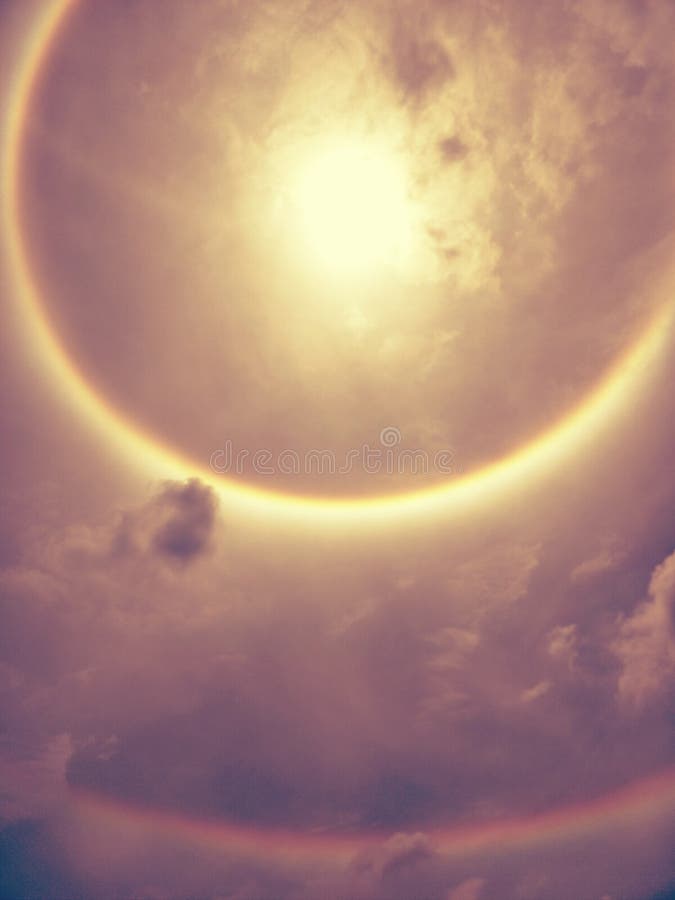

Later, in 1895, William Ramsey actually discovered helium on Earth. In the 19th century, some of the spectral lines of sunlight did not match the lines of any substance on Earth, and it was proposed that they came from a new unknown chemical element, named helium (from the Greek helios-Sun). Much of that is sunlight scattered by coronal dust, but some light is also produced by the corona itself, in narrowly defined colors ("spectral lines") characteristic of its emitting atoms. XThe most remarkable aspect of the corona is its high temperature, deduced by the Swedish astronomer Bengt Edlen in 1942 after a study of the corona's light.

Astronomers have named them "helmet streamers" because of their resemblance to spiked helmets worn by knights (and also to those used by some German soldiers up to 1918).

From the tops of such "arches" long streamers may extend, to distances of the Sun's diameter or even more, looking like pulled taffy, as if some process was pulling material away from the tops of the arches into space, (which is of course what the solar wind actually does). Structures observed in the corona above sunspots often have horseshoe-shaped outlines, again suggesting that they follow magnetic field lines. For instance, short "plumes" rising from the polar regions of the Sun look very much like field lines coming out of the end of a bar magnet, and they therefore suggest that the Sun, in addition to the intense fields of sunspots, also has a global magnetic field like the Earth's. Structures visible in the corona at such times suggest that they are shaped by magnetic fields, and therefore, that the corona consists of plasma. Seeking to unify the corona and heliosphere.During a total eclipse of the Sun, when for a few minutes the Moon completely covers the Sun's face, a glow appears around the darkened Sun-the solar corona, the Sun's outermost atmosphere. Observations of the middle corona provide strong new constraints on models These new data uniquely demonstrate how EUV
#Unique characteristics of the sun corona full#
Reveals the full kinematic profile of the initiation of several coronal massĮjections, filling a crucial observational gap that has hindered understanding Strongly influenced by inflows from above, not only by photospheric motion, aįactor largely overlooked in current models of coronal evolution. These data emphasize that low-coronal phenomena can be Originate from complex dynamics manifesting in the middle corona that do not Our observations highlight that solar wind structures in the heliosphere Rather than collisional excitation, consistent with recent model predictions. OurĪnalysis shows that the dominant emission mechanism here is resonant scattering New observations from the GOES Solar Ultraviolet Imager in AugustĪnd September 2018 provide the first comprehensive look at this region'sĬharacteristics and long-term evolution in extreme ultraviolet (EUV). Poorly understood due to the difficulty of observing this faint region (1.5-3 Physical regimes of the lower and outer solar corona.
#Unique characteristics of the sun corona pdf#
Seaton and 8 other authors Download PDF Abstract: The "middle corona" is a critical transition between the highly disparate Download a PDF of the paper titled The Sun's Dynamic Extended Corona Observed in Extreme Ultraviolet, by Daniel B.


 0 kommentar(er)
0 kommentar(er)
